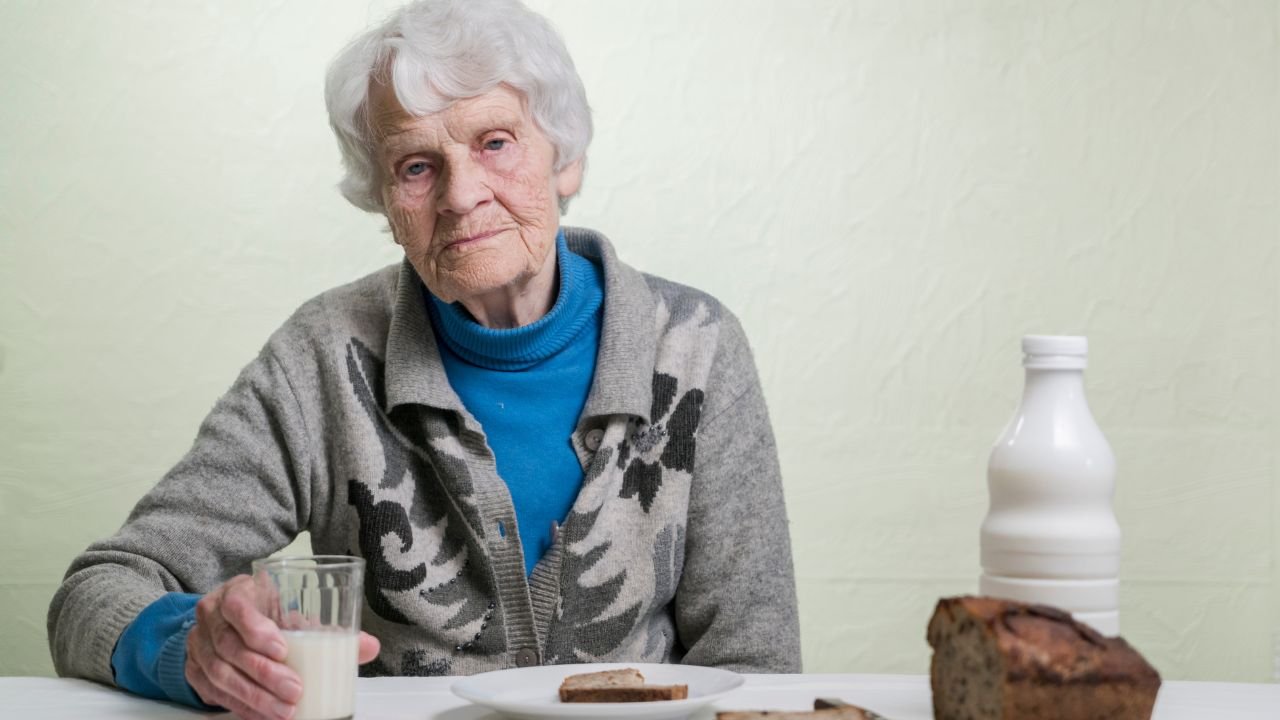Social Security is widely recognized as one of the most important social welfare programs in the United States. Established in 1935, it was originally designed to provide financial assistance to older Americans during the Great Depression. Over the decades, the program has expanded to include disability and survivor benefits, but its core mission remains ensuring economic stability for retirees.
For seniors, Social Security is not just a supplement, it is often the primary source of income. Without it, poverty rates among older adults would be alarmingly high. Today, millions of retirees rely on monthly Social Security checks to cover essentials such as housing, food, healthcare, and utilities.
Table of Contents
The Role of Social Security in Senior Income
A Primary Source of Support
For many older Americans, Social Security benefits form the foundation of retirement income. Studies show that about 50% of seniors rely on Social Security for at least half of their income, while nearly one in four depend on it for 90% or more.
This heavy dependence underscores the importance of the program. For low-income seniors with limited savings or pensions, Social Security is often the difference between living with dignity and falling into poverty.
Universal Coverage
Since nearly all workers contribute to the program through payroll taxes, the system provides broad coverage across income levels. However, its impact is most pronounced among vulnerable groups, including women, minorities, and those with lower lifetime earnings.
Poverty Reduction Through Social Security
Historical Context
Before Social Security, poverty among the elderly was widespread. In the early 20th century, many seniors had little or no income after leaving the workforce, relying heavily on family support or charity.
With the establishment of Social Security, poverty rates among seniors dropped dramatically. Today, the program is considered the most effective anti-poverty program for the elderly in U.S. history.
Current Statistics
- Without Social Security, the senior poverty rate would exceed 35%.
- With Social Security, that rate falls to around 10%, a significant reduction.
- Women and minorities, who often face wage gaps and lower retirement savings, benefit disproportionately from the program.
Example of Impact
A widowed retiree with limited work history may have little in personal savings, but Social Security survivor benefits ensure she has a steady monthly income. For millions in similar situations, these payments prevent financial hardship.
Social Security and Vulnerable Groups
Women
Women live longer than men on average, yet they often have lower lifetime earnings due to wage disparities and caregiving responsibilities. Social Security provides them with stable benefits that reduce the risk of poverty in old age.
Minorities
African American and Hispanic retirees also benefit greatly, as they are more likely to work in jobs without pensions or retirement savings plans. Social Security provides a reliable income source that levels disparities.
Rural Seniors
In rural areas, where access to employment benefits may be more limited, Social Security often accounts for a larger share of retirement income.
Economic and Social Benefits
Stability for Communities
Social Security does not just help individuals—it also supports local economies. Seniors spend their benefits on basic goods and services, which helps keep small businesses and local communities economically stable.
Reducing Healthcare-Related Poverty
Medical costs can push many seniors into financial distress. While Social Security is not a healthcare program, the income it provides helps retirees pay for Medicare premiums, prescriptions, and out-of-pocket healthcare expenses.
Challenges to Continued Poverty Reduction
Solvency Concerns
As noted in projections, Social Security trust funds may be depleted in the mid-2030s. If no reforms are made, seniors could face across-the-board benefit cuts of around 20–25%, which would sharply increase elderly poverty rates.
Rising Living Costs
Social Security benefits are adjusted annually through Cost-of-Living Adjustments (COLA), but these increases often lag behind the real rise in healthcare, housing, and utility costs. Seniors on fixed incomes may still struggle to keep up.
Retirement Savings Gaps
With fewer workers covered by pensions and many unable to save sufficiently, Social Security’s role as the primary safety net is becoming even more critical. Without reforms, its effectiveness in preventing poverty could weaken.
Policy Options to Strengthen the Program
- Enhancing Benefits for Low-Income Seniors: Proposals include raising the minimum benefit to ensure no retiree falls below the poverty line.
- Adjusting Payroll Taxes: Increasing or eliminating the taxable earnings cap could generate additional revenue.
- Improving COLA Calculations: Using an inflation index tailored to seniors’ spending patterns (e.g., healthcare-heavy costs) could better protect purchasing power.
- Encouraging Private Retirement Savings: Expanding access to retirement savings plans could reduce over-reliance on Social Security.




